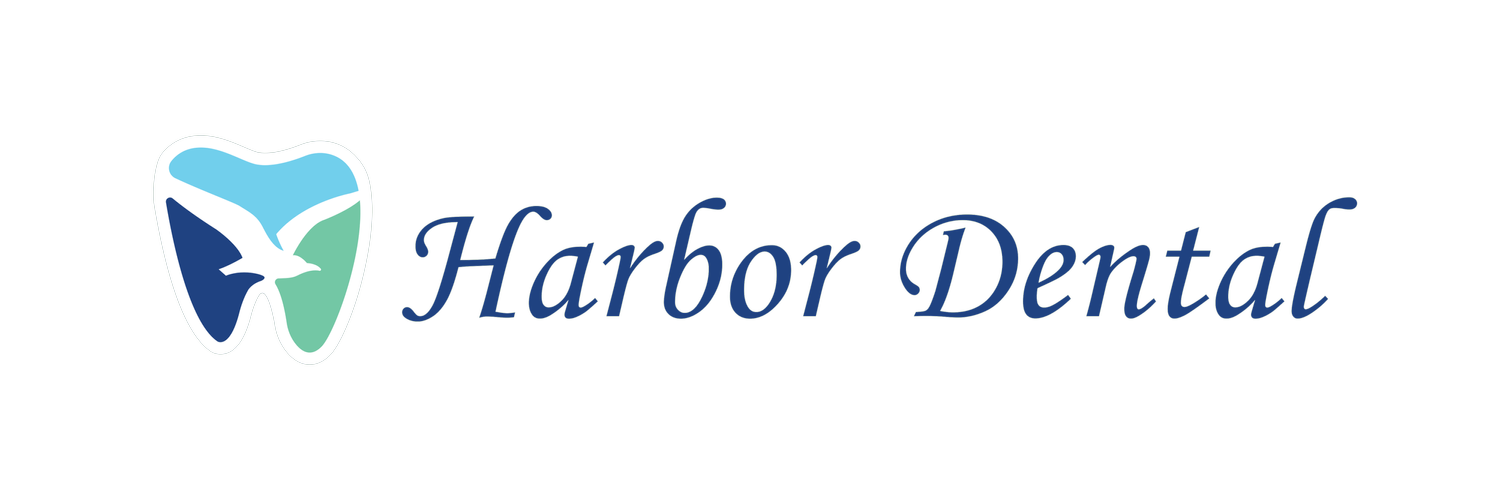At Home Dental Care
A healthy smile is highly dependent on what happens between visits to see us. Good oral care habits can be established by anyone committed to carving a few minutes out each day to make it happen. Like regular exercise, consistency builds on previous efforts to enhance your health. At least two brief sessions of brushing and cleaning between your teeth daily set a foundation for optimum health.
With so many products available to consumers today, your hygienist serves as a personal trainer when it comes to dental home care. We'll quickly narrow down the endless options and form a plan that fits you. Would a Waterpik make more sense and reach deeper than floss for your condition? Should you use a prescription toothpaste due to high risk from a reduced saliva condition? Many factors fit into a plan that makes your time and effort work for you.
Some patients identified with high risk for dental problems benefit from even more personalized routines. Simple, inexpensive additions can transform the environment of your mouth and dramatically reduce disease activity. For example, Xylitol is a naturally-derived sweetener that can reduce cavity activity in children and adults when used in the right dosages and exposure times.
How To Brush Properly – Our Top Tips For At-Home Brushing
The most important part of at-home dental care is proper tooth brushing. You must brush your teeth for at least two minutes a day, ideally at night before bed, and in the morning when you wake up.
But it’s also important to use the proper brushing technique while cleaning your teeth. Let’s go over the basic steps you should use to clean your teeth effectively while brushing.
Begin by holding your toothbrush at a 45-degree angle to your gum line
Brush each tooth in short, tooth-wide strokes or circles for several seconds, then move on to the next tooth
Begin by brushing the outer surfaces of each of your teeth. Then, brush the tops of each tooth, then clean the inside chewing surfaces of the teeth
Having trouble cleaning the insides of your upper and lower front teeth? You can tilt your toothbrush vertically to get a better angle, and make sure you clean them thoroughly
As long as you brush for at least two minutes and clean every surface of your tooth, you’ll get maximum protection against gum disease and cavities.
How To Floss Like The Pros – Learn The Basics!
Did you know that brushing alone only cleans about 60% of the surface of your teeth? There are many areas between your teeth that your toothbrush simply can’t reach, which is why flossing is so important for removing oral bacteria and food debris.
If you don’t floss, or aren’t sure that you’re flossing properly, here’s a quick guide on how to floss like the pros.
Start by unwinding between 18-24 inches of floss from your floss container
Wrap the bulk of the floss around one of your index or middle fingers, and wrap a small amount of floss onto the finger of your opposite hand
Unwind about 1 inch of floss from your fingers at a time. Place the floss between your teeth, and use a gentle rocking motion to move it down toward the gum line
After the floss contacts your gum line, curl it into a “c” shape and move it up and down to remove plaque and bacteria from your tooth
Remove the floss, unwind a little bit of new floss from your fingers, and repeat this process. Using fresh floss on each tooth ensures you remove bacteria, instead of just moving it around
Need a visual guide? This video will help you learn the basics.
Nutrition Guidance For A Healthier Smile
Your diet is a key part of your dental health. The bacteria that cause gum disease and bacteria love to feed on sugar and starchy foods that are high in simple carbohydrates.
A good way to keep your smile healthy is to minimize the amount of sugar, simple starches, and processed foods that you consume.
Foods like potato chips, cookies, and candy, and drinks like soda, high-sugar cocktails, and fruit juices are very high in sugar and starch, and are quite bad for your teeth. Instead, try to eat a diet consisting mostly of high-fiber foods, whole grains, and minimally processed foods, including plenty of lean meats, fresh fruits, and fresh vegetables.
Basically, if what you’re eating is good for your body, it’s probably good for your teeth. And if you’re eating a lot of snacks and treats that are high-calorie and not as healthy for your body, they won’t be good for your teeth, either. For more information about nutritional guidance for a healthy smile, you can consult with Dr. Ryan Wallrich at Harbor Family Dental.
